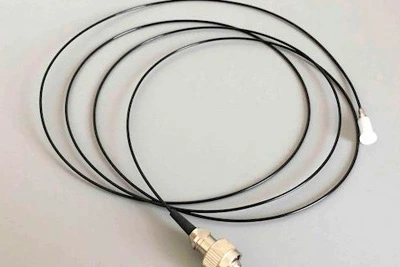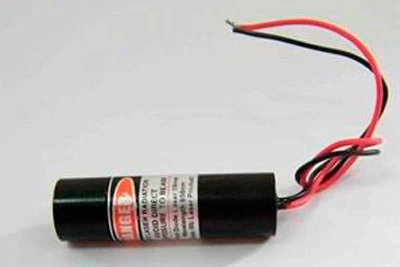However, for the processing of non-ferrous metals, especially copper, due to its low absorption rate of laser in the wavelength range of infrared light, the welding process is often unstable, and welding errors in production often lead to waste, so infrared light is not suitable for the welding of non-ferrous metals. To achieve high absorption, it is ideal to use blue light with a wavelength of 450nm. In laser processing of copper, multiple high absorption is helpful to obtain high quality and uniform welding results. The availability of blue laser beams opens up new application possibilities. It is not only suitable for laser processing of copper, gold and other non-ferrous metals, but also suitable for welding of different metals.
The first semiconductor blue laser was published in 2019, which greatly improves the processing performance of non-ferrous metal laser materials, especially thin foil and thin plate can be processed more effectively with blue laser, and blue semiconductor laser has more advantages.

The total energy required to weld copper was reduced by 84 percent, while the total energy required to weld gold was reduced by 92 percent. In addition to the high absorption rate of blue light, which greatly simplifies the melting of copper, the use of conventional semiconductor laser intensity also helps to obtain optimal processing results. In addition, semiconductor laser technology allows the laser power to be finely graded in milliseconds to best suit process requirements. Regardless of the surface quality of the material prior to welding, the welds produced during copper welding are very clean and smooth, they have excellent electrical conductivity, only a small amount of splash in the adjacent material area, and the material efficiency is extremely high.
For example, more copper is processed in electric cars than in cars with internal combustion engines, opening up more possibilities for blue lasers. More copper is needed to build wind turbines. Lasers can be used in this way. In addition, due to the high quality of the joints, the process is also very suitable for electrical engineering applications, especially in the manufacture of power electronics components, the joints must be particularly resistant to temperature.
In short, compared with infrared laser, blue semiconductor laser has great advantages in non-iron and steel metal processing, and will have great space to play in electronics, energy, automotive, battery and other fields.

